This post is part of our series on the 6Cs of education. How might Book Creator be used to help students understand the role of empathy and audience before choosing a technology with which to communicate?
In the past 48 hours, I have communicated via phone, text, email, Google Hangout, Facebook, Twitter, Slack, Skype, and Zoom. Ironically, some of those communications have centered around organizing face-to-face meetings. Further, one Twitter direct message, one Slack, and one phone call concluded with "send me an email." So why didn’t I begin with that medium in the first place?!
Professor Michael Fullan describes communication as the ability to communicate effectively in voice as well as through writing and with a number of other digital tools. Additionally, he includes listening skills as a component of communication. With this definition, communication implies not only knowing how to operate a variety of tools but also possessing a deep understanding of context and audience.
Consider this example. A few years ago, I had to complete a school project with two classmates - one in India and the other in Shanghai. We started with email and a shared document but quickly ran into a major snag: my colleagues struggled with writing in English.
To get back on track, we switched to Google Hangout so that we could communicate orally and have the video to read each others’ body language. I could tell from facial expressions when I was talking too fast, and caught myself from interrupting a number of times when I observed a classmate deep in thought. With this in mind, I would add to Professor Fullan’s definition of communication as listening. Communication without empathy is otherwise just “talking.”
Given all of the communication options in existence, students might struggle to know how to choose the best medium.
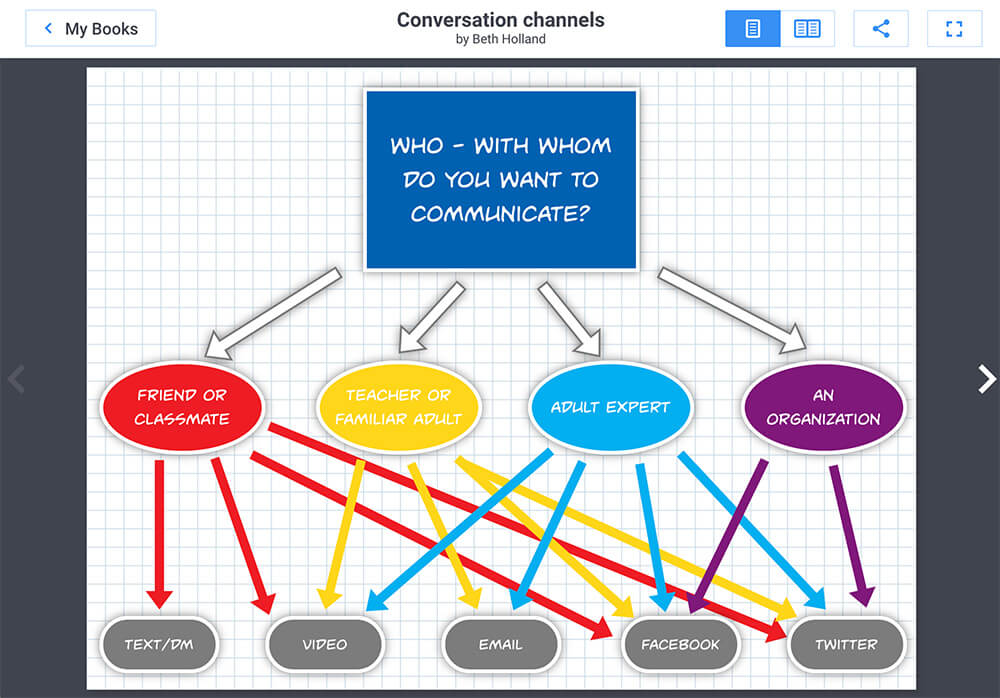
However, if students can begin by clearly identifying the individual with whom they would like to interact, then it becomes a bit more logical. Before picking a medium, students need to consider the other person’s preferences, learning needs, language skills, and even desired level of formality. In fact, over the past few years, there have been a number of editorials from university professors, such as this one from the NY Times, lamenting the lack of formality in communication with students.
In her book, Tasks Before Apps, Monica Burns offers a series of lesson ideas - as well as handy descriptions - for some of these mediums. The different examples may be a great way to help students practice communicating with each tool given different target audiences.
Digital text correspondence lesson integration ideas:
Students send a formal invitation to a guest speaker or pose a question to a speaker.
Text message
Students provide status updates to group members or to co-ordinate group meetings.
Tweet
Students pose questions or ask one another for clarification about an aspect of a project.
While these lessons offer some excellent ideas, they may seem a bit daunting for educators who might not already be communicating through these various channels. In reality, these technologies will probably be obsolete by the time most students get out of school. So instead of focusing on the mechanics of various types of correspondence, think about how Book Creator might be used to help students understand the role of empathy and audience before choosing a technology.
Since Book Creator allows for text, images, audio, and video, how might we ask students to justify their choice of medium based on the traits of their intended audience? What if students had to explain why their technology choices improved their ability to communicate their ideas, share their thinking, or deliver their message?
Maybe even more importantly, how might we use these opportunities to not only help students learn to become better listeners but also to realize that they have a voice to share with the world?
Communication will be an increasingly valued skill in the future - both oral and written. Book Creator offers another tool to help students to develop this competency.
Dr. Beth Holland is a vastly experienced educator, writer, researcher, and international presenter. She’s also a Book Creator Ambassador!



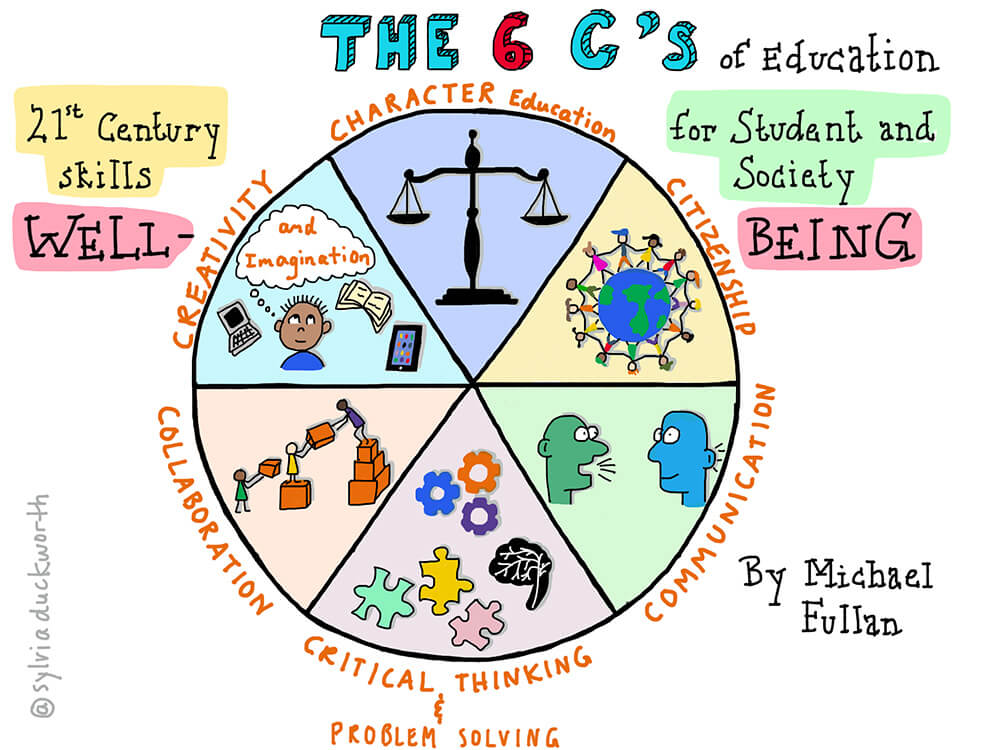
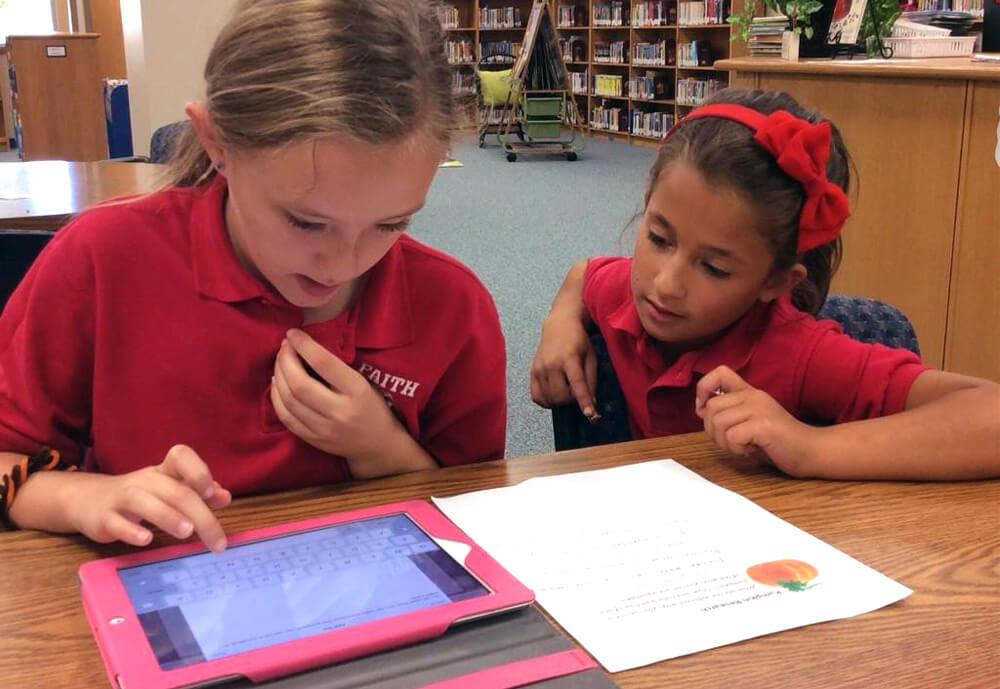
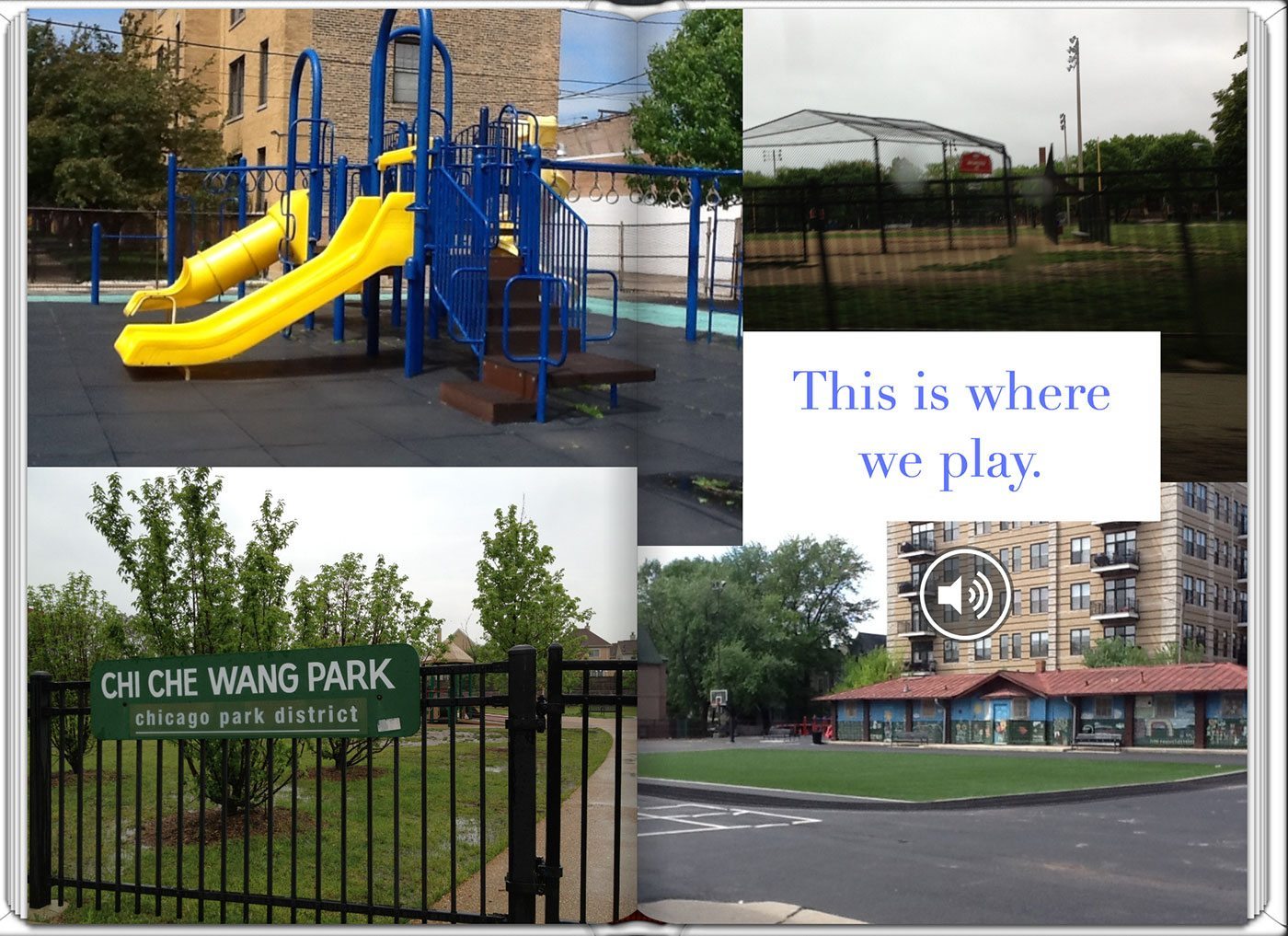
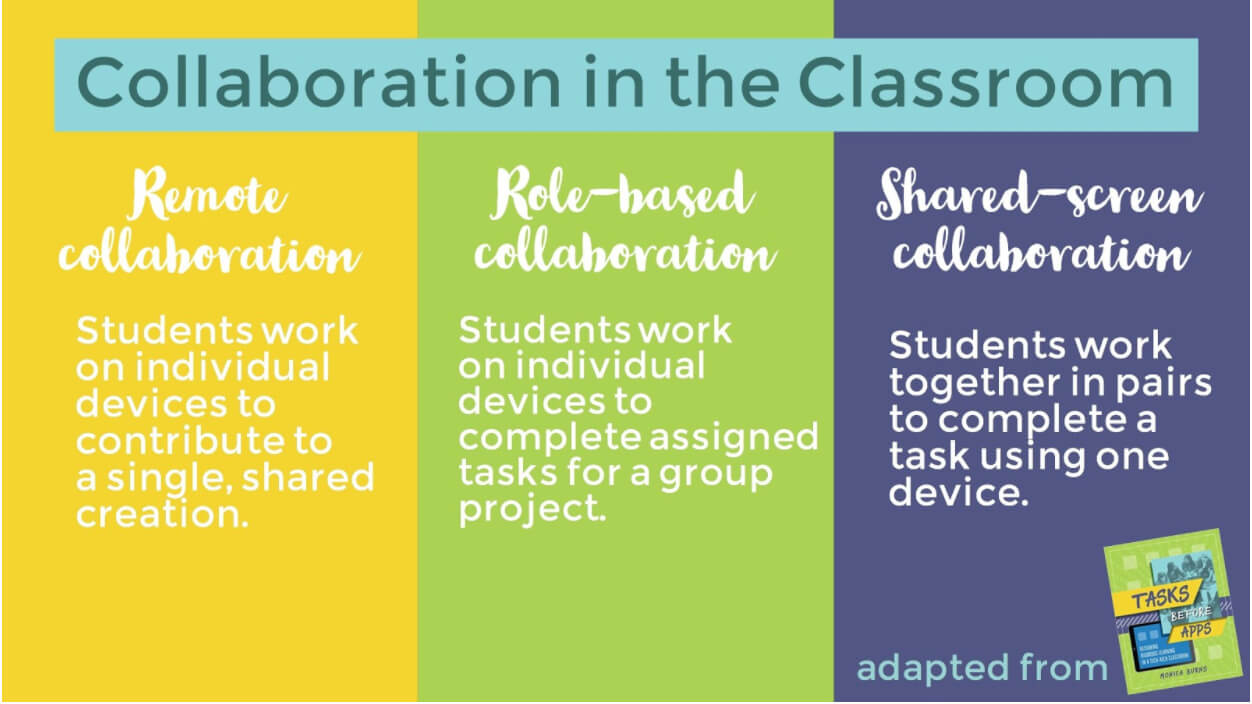
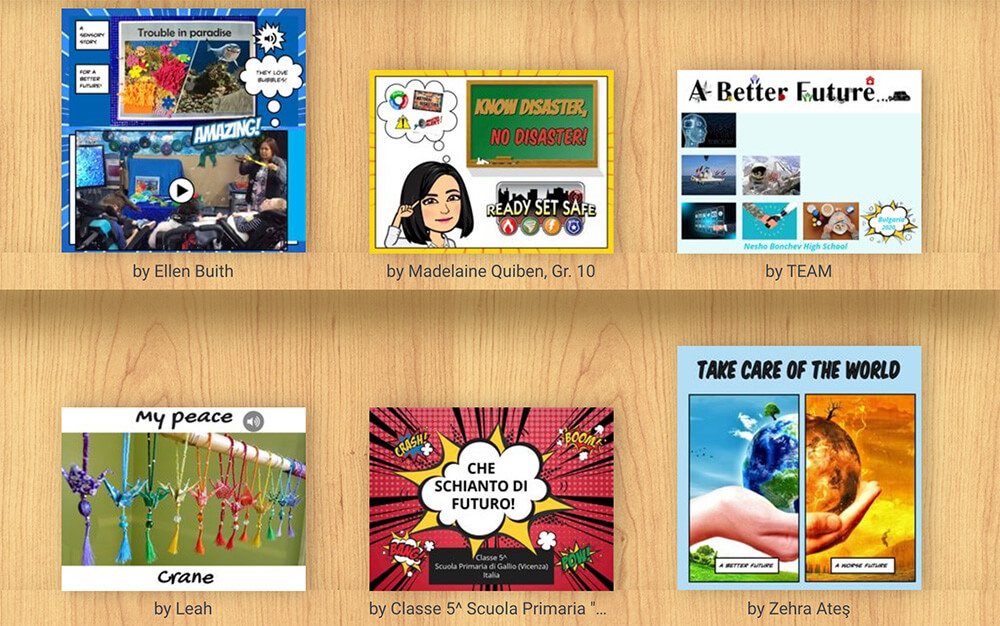
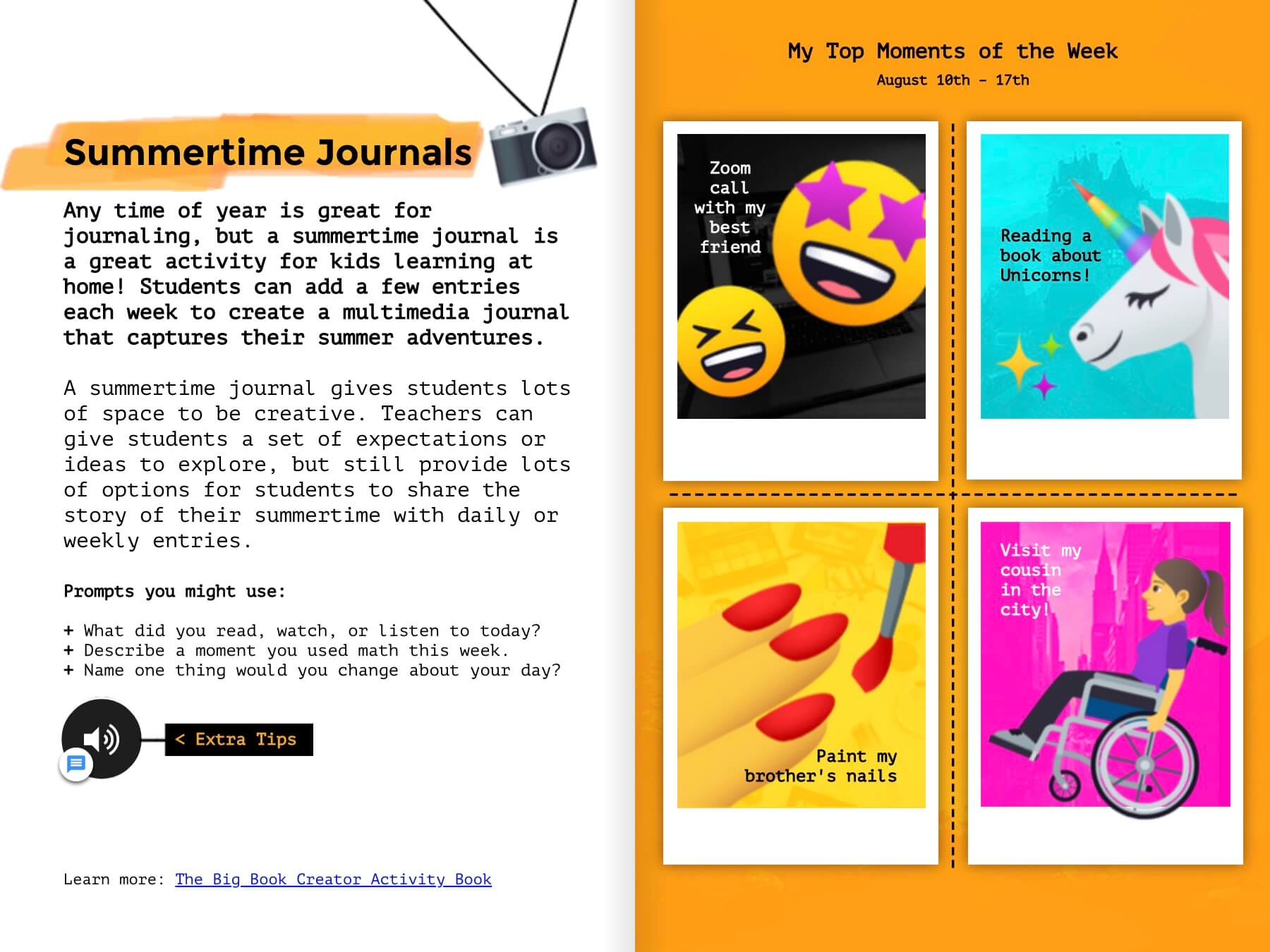
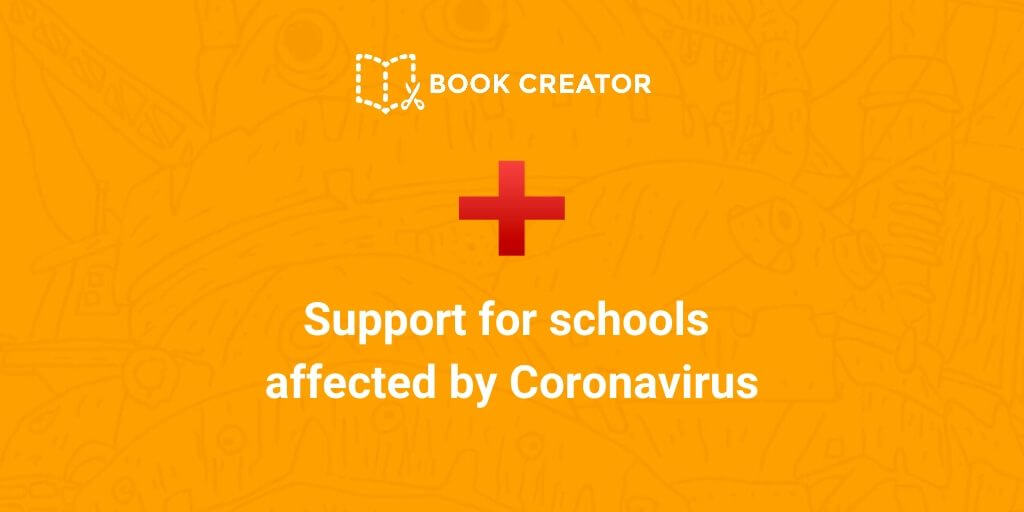

One Comment on “6Cs of education – Communication with Book Creator”
I need a book on “The frame work of the 6Cs of the learning and innovation skills”. Please, help me.